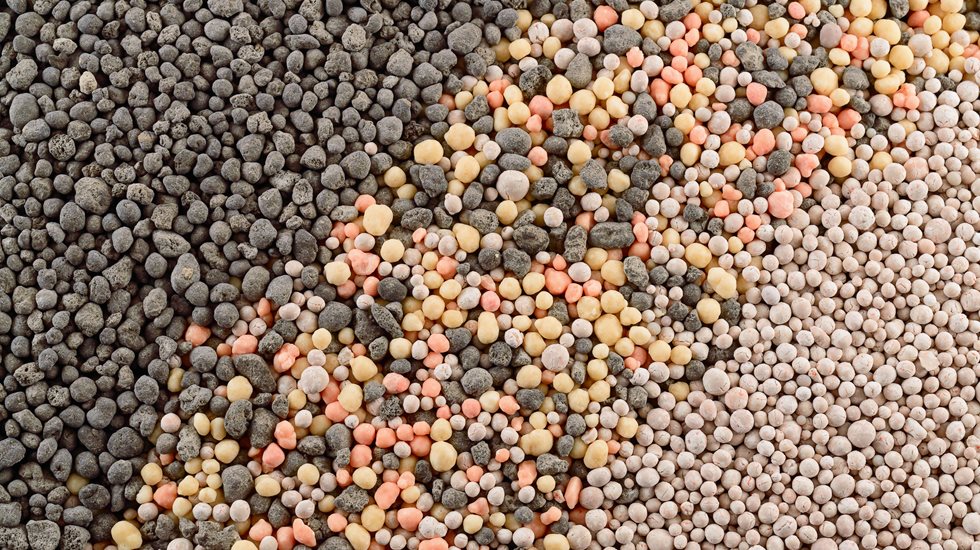In mechanized farming, fertilization with precision has been becoming more popular. But why? The goal is to reduce the costs of fertilizers blown away by wind, dosage above the plantation demand and in lines, where no seed will be applied. Fertilizers must first be granulated in order to obtain precision in its dosage in automated machines.
The answer is to increase the size of fine particles into pellets. This will then offer all necessary nutrients into only one, compacted grain. One solution is wet granulation. With this process, the fertilizer producer delivers the manure in the quality required by the farmer. Then increases the added value of his product, minimizes dust generated by handling the material and reduces the formation of agglomerates during storage.
Rotary drum is the common equipment in granulation plants
In addition to significant dust reduction and handling improvement, granulation allows for the raw material to be recovered and the waste product to be transformed into marketable products. Compared to the dry method, the wet process is not pressurized and basically applies tumbling and rotation of material for agglomeration.
Among all equipment used in this operation, the preference is for disc pelletizers and rotary drums. The definition depends on several variables. First of all, the physical-chemical characteristics of raw materials. But three other attributes have to be considered are: Requested granulation range, estimated recycling volume and plant production capacity. With this information at hand, the fertilizer producers can start determining the appropriate equipment.
The disc pelletizer is recommended for plants with lower capacities because it is an open machine and it is more difficult to control the particulate and vapor emission. It is also appropriate for plants with less fouling products due to its greater cleaning difficulty. The rotary drum on the other hand best applied in plants with high capacity and with a mandatory demand for more stable production with regard to granulation. This is a closed system, which means that it allows a better pollution control and more flexibility for materials which are difficult to granulate.
Granulation plant involves other equipment besides the drum
The advantages of the rotary drum makes it the usual choice for fertilizer production through wet processing. Besides the already mentioned attributes, it is also an equipment of easy construction and operation. The highlight of the machine is the maintaining of cleanliness. The flexibility is another favorable point because the drum facilitates the mixture of solids with the liquid phase. This promotes a fast grain formation, independent of the raw material and the production capacity of the equipment.
For those who plan to install or expand a plant, it is important to remember a few things: Besides the rotary drums used as pelletizers, dryers, coolers and indurators, a typical granulation involves the application of devices such as transporters, sieves, mills, bag filters, gas washers, hot gas generators and a liquid effluent treatment system.

